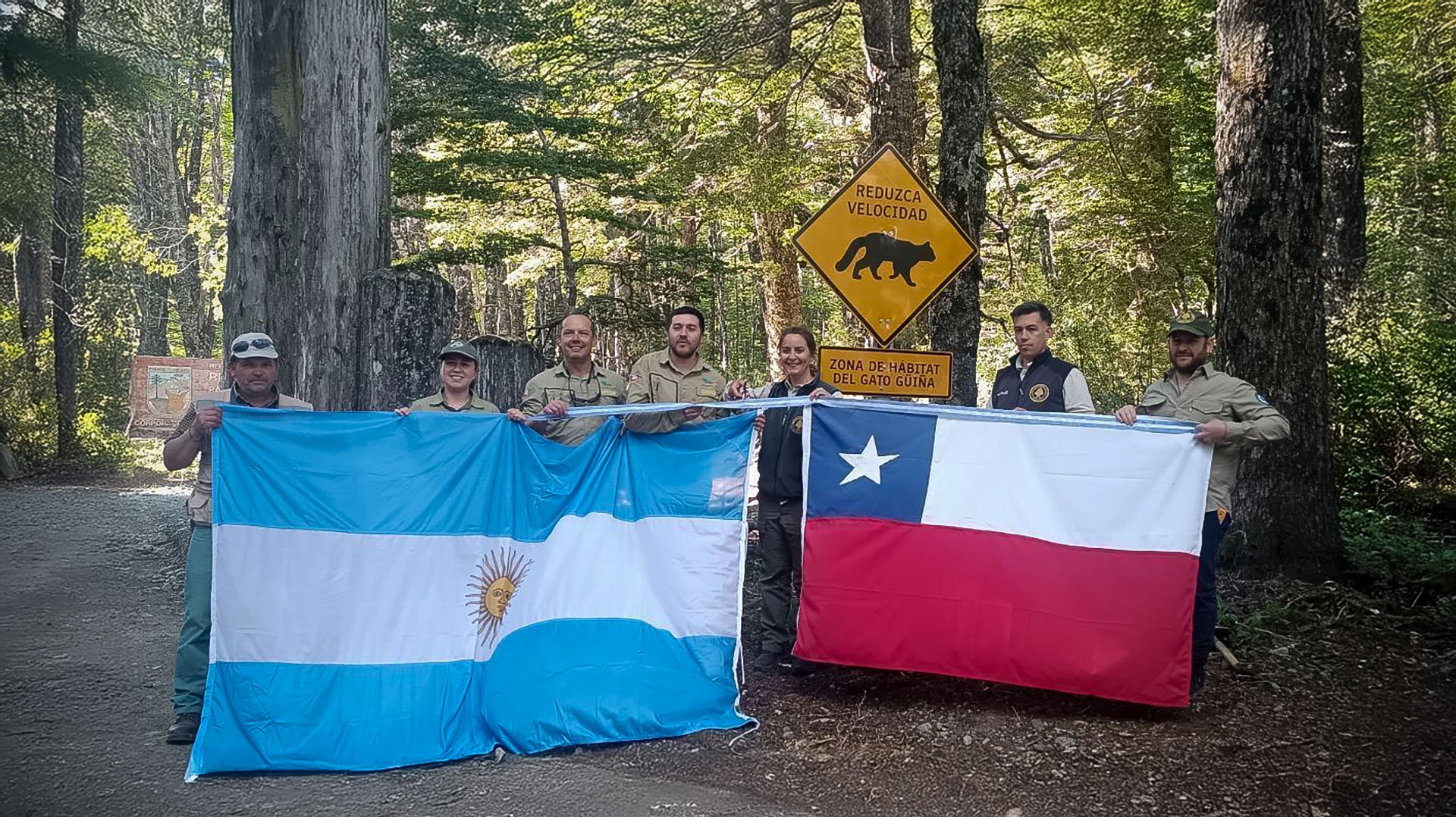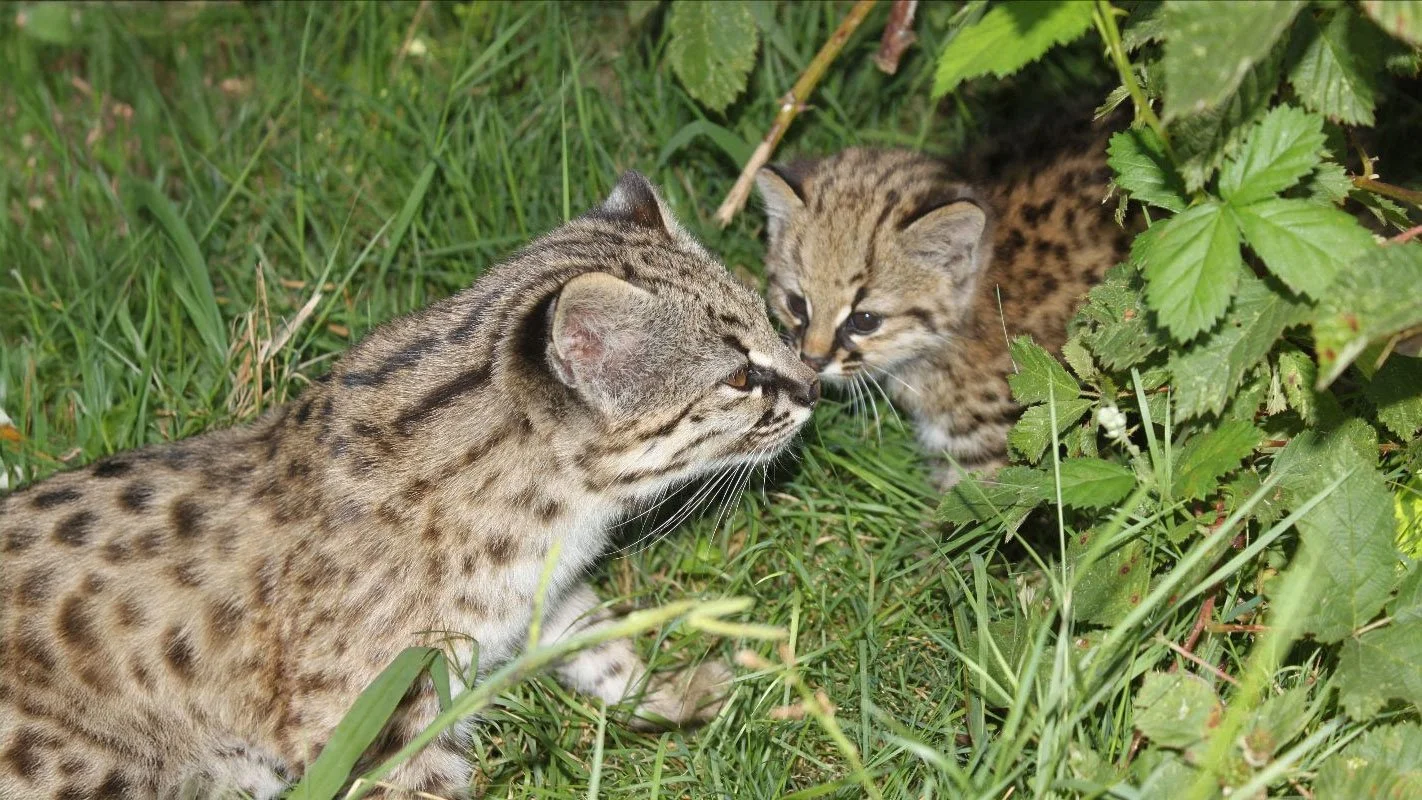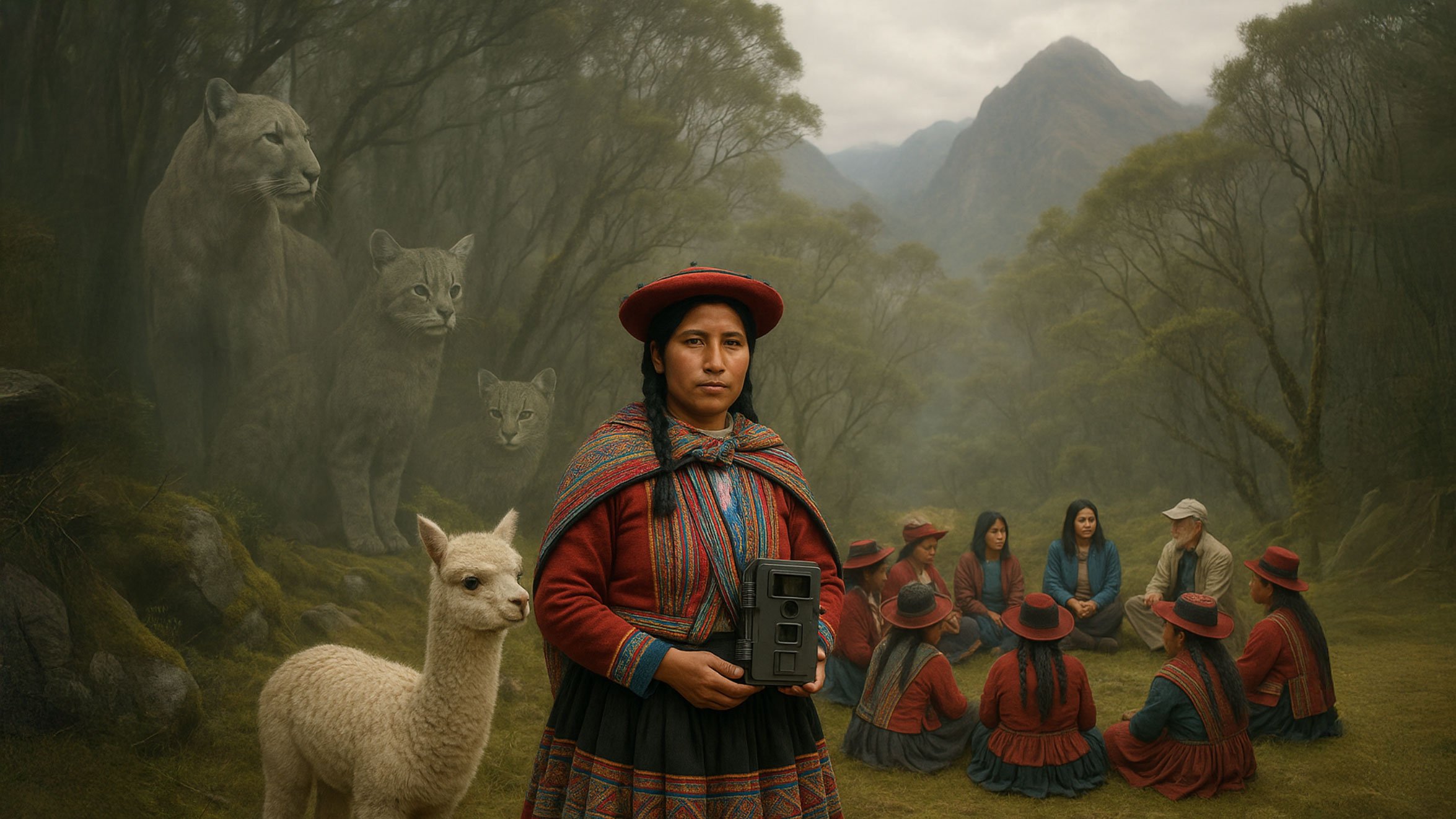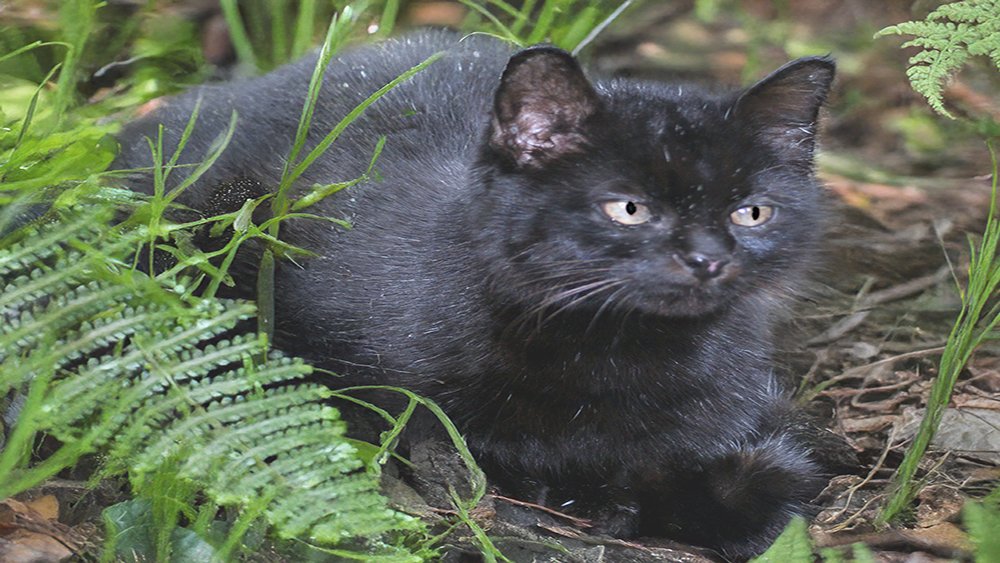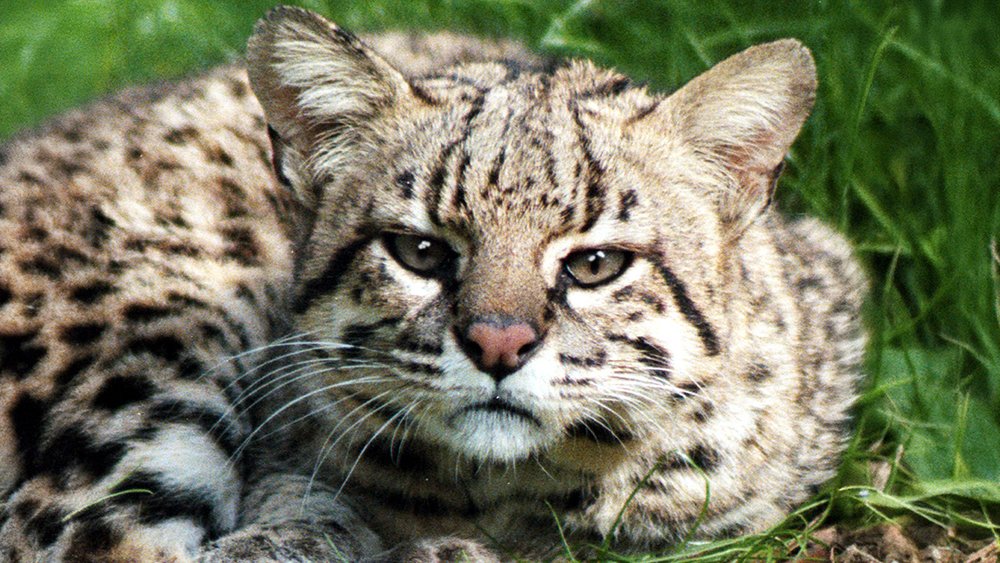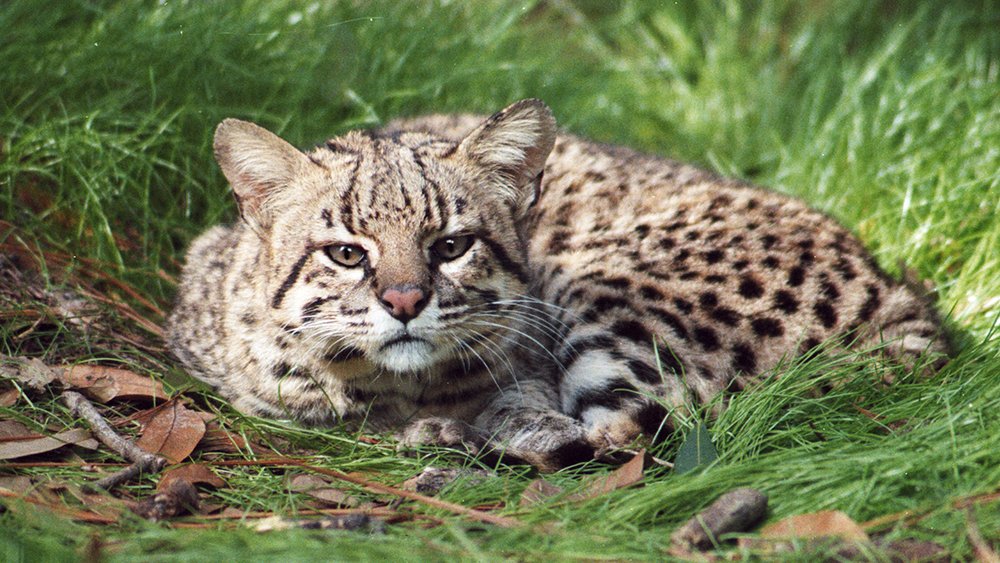Fundacion Con Garra
Image courtesy of Fundación Con Garra
Slow for Fauna: A Binational Effort to Protect Wildlife in Argentina and Chile
In a groundbreaking effort to protect native wildlife, the Slow for Fauna campaign has expanded beyond Chile’s borders into Argentina, marking a significant milestone in cross-border conservation. Fundación Con Garra, the Chilean organization behind the initiative, led by Melaine Kaiser, has partnered with conservationists, park rangers, and communities from both countries to install road signage aimed at reducing vehicle collisions with native species.
A First for Binational Wildlife Protection
This initiative represents the first road sign installation between Chile and Argentina dedicated to wildlife conservation. The signs were placed in December 2024 at the border between Vicente Pérez Rosales National Park in Chile and Nahuel Huapi National Park in Argentina—two of South America’s most ecologically rich protected areas. These signs serve as a crucial reminder for drivers to slow down and drive cautiously in regions where wildlife frequently crosses roadways.
The inauguration event brought together park rangers, local police forces (Carabineros from Chile), and members of the Peulla community, all united by the shared mission of protecting native species. The two newly installed signs feature images of two elusive and endangered wild cats:
Geoffroy’s cat (Leopardus geoffroyi), a small, spotted feline native to Argentina, and
Güiña (Kodkod) cat (Leopardus guigna), South America’s smallest wild cat, native to Chile.
By showcasing these species, the campaign aims to raise awareness about the importance of reducing speed in natural areas to prevent fatal collisions.
A Shared Responsibility for Conservation
The effort is part of a larger Joint Parks initiative, a collaboration between Vicente Pérez Rosales National Park and Nahuel Huapi National Park to address shared conservation challenges. Alexis Gajardo, a park ranger and conservation advocate, emphasized that the decision to install binational signage stemmed from the realization that these parks form a continuous natural landscape of over one million hectares of protected land. This shared territory means shared conservation responsibilities.
“We asked ourselves: if we are a common territory with more than a million hectares of protected areas, why not promote the installation of a binational sign for cross-border species?” — Alexis Gajardo
This initiative is a clear example of how conservation efforts can transcend political boundaries. By acknowledging that wildlife does not recognize borders, Argentina and Chile have taken an important step toward fostering cooperative environmental stewardship.
The Cost of Speed: Why Slowing Down Matters
Roads that cut through forests, grasslands, and national parks pose a deadly threat to wildlife. High-speed traffic leads to thousands of animal deaths annually, pushing vulnerable species closer to extinction. This is particularly concerning in South America, where habitat loss and fragmentation are already placing immense pressure on native wildlife.
The Slow for Wildlife campaign aims to combat this issue by educating drivers on the dangers of vehicle collisions with native species. Fundación Con Garra hopes that by implementing signage and raising awareness, drivers will adopt safer behaviors, ultimately reducing the number of wildlife fatalities on the roads.
The importance of this campaign cannot be overstated:
Wild cats like the Geoffroy’s cat and güiña are already under threat due to habitat destruction, illegal hunting, and climate change. Road fatalities further diminish their already declining populations.
Large predators and scavengers, such as pumas and Andean condors, often become secondary victims. They are attracted to roadkill, putting them at risk of being hit themselves.
Many species play a crucial role in maintaining ecosystem balance. The loss of even a single predator or prey species can have ripple effects throughout the food chain.
How You Can Help
The success of conservation campaigns depends on the involvement of communities, governments, and individuals who care about wildlife. You can help in several ways:
Support road safety initiatives for wildlife. If you live in or visit areas with high ecological value, advocate for the installation of wildlife signage and speed limits.
Drive responsibly in natural areas. Slow down, stay alert, and be mindful of crossing animals, especially at night.
Raise awareness. Share information about the #LentoPorLaFauna campaign on social media to encourage others to be cautious on the roads.
Support conservation efforts. Donate to organizations like Big Cat Rescue and Fundación Con Garra, which work to protect wild cat species and their habitats.
A Model for Global Wildlife Protection
This binational collaboration between Chile and Argentina is an inspiring example of how conservation should be approached globally. Wildlife does not adhere to human-imposed borders, and neither should conservation efforts. More countries should adopt similar measures to ensure that roads are safer for animals, and that ecosystems remain intact.
By taking small steps—such as slowing down while driving through wildlife areas—we can make a big difference in protecting species that have roamed these lands for thousands of years.
Will you be part of the movement? Join the conversation with #LentoPorLaFauna and help create a safer world for wildlife.
Learn more: https://www.diariobinacional.cl/noticia/actualidad/2025/02/campana-lento-por-la-fauna-llega-hasta-argentina-para-proteger-la-vida-silvestre
